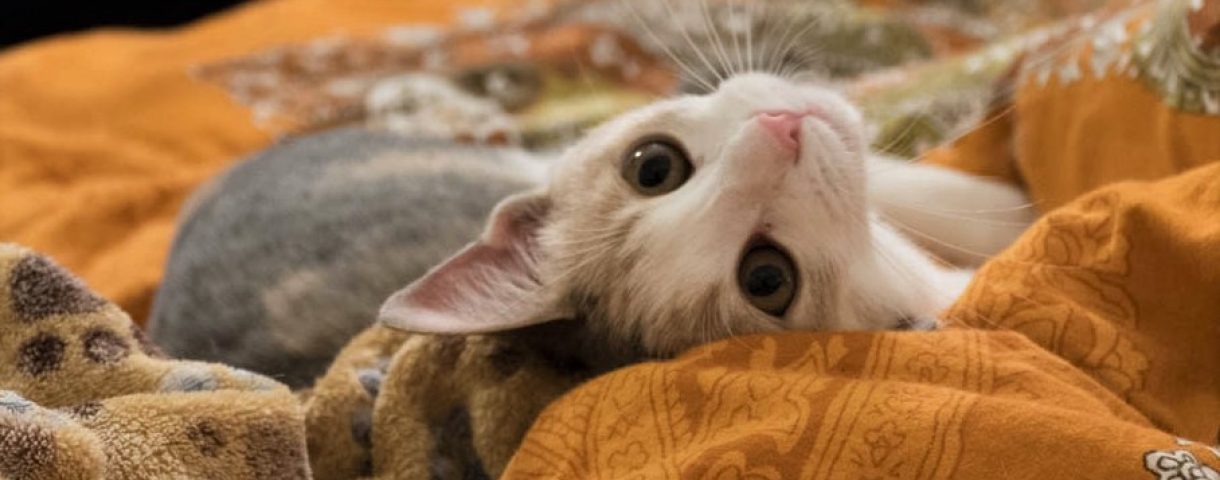This is the title of a Science Daily article (http://tinyurl.com/38gz4d) posted by a MM listserv member yesterday. In a nutshell, it appears that Emory University researchers have discovered a new target in the treatment of multiple myeloma called Ribosomal S6 kinase 2 (RSK2). A quick look through the article took me to a key sentence: The researchers observed that elimination of RSK2 proteins or shutting down RSK2 activity blocks FGFR3 transformation signaling in myeloma cells. This means FGFR3 requires RSK2 to transform normal cells. So, eliminate or inhibit the activity of this protein, and normal cells don’t turn malignant. Is that significant or WHAT? (FGFR3 simply means “fibroblast growth factor receptor 3,” in case you were wondering). Of course, I immediately did a search to see if there were any studies on curcumin and RSK2, but got side-tracked when I found that aspirin and salicylic acid inhibit this protein (see: http://tinyurl.com/2mzvg5). I started with RSK2, then one thing led to another until I came to an unexpected conclusion. It was like reading a good mystery novel with a Deaver-like twist in the end. But first things first.
According to a Yahoo health page (http://tinyurl.com/2qk2ko), salicylates are a naturally occurring group of chemicals found in a wide range of foods, herbs and spices. [ ] The average ‘Western diet’ has an estimated Salicylate intake ranging from 10 to 200 mg per day. In comparison, the average dose of aspirin contains 650 mg of Salicylic acid. Naturally-occurring AND chemically similar to aspirin? Yahoo (no pun intended, hehe)! Oh, and by the way, salicylic acid is obtained from the active ingredient of the bark of the willow tree (or Salix, in Latin), which was used for centuries in traditional medicine to relieve fever and pain. Here follows a partial list of foods that have a high salicylate content. FRUIT: apricot, avocado, blackberry, black currant, blueberry, cherry, cranberry, date, grape, grapefruit, kiwi, mandarin, mulberry, nectarine, orange, peach, pineapple, plum, prune, dried raisins, raspberry, red currant, strawberry, watermelon etc. VEGETABLES: alfalfa sprouts, capsicum, champignon mushrooms, chicory, cucumber, eggplant, endive, hot pepper, olive, radish, tomato, zucchini, watercress etc. NUTS: almonds, cashews, etc. SWEETS: golden syrup, honey, liquorice, peppermint etc. HERBS AND SPICES: allspice, aniseed, bay leaf, black pepper, caraway, cardamom, cayenne, cinnamon, clove, cumin, curry, dill, five spice, garam masala, ginger, mace, mint, mixed herbs, mustard, nutmeg, oregano, paprika, pimiento, rosemary, sage, tarragon, thyme, turmeric, white pepper, etc. BEVERAGES: alcohol (especially apple cider, beer, sherry, brandy, liqueur, port, wine and rum), coffee, tea (black, caffeinated, decaffeinated, rosehip and peppermint), fruit juice etc.
Now, did I read TURMERIC? Yes, indeed, I did. And here comes my shocker for the day. 😉 I found an article (http://tinyurl.com/yrjgs3) titled Vindaloo Indian Dish Healthier than Aspirin, in which British nutrition researchers discovered that one portion of the Vindaloo dish contains more salicylate (95 mg) than a low dose aspirin tablet (65 mg.). Just ONE portion??? Vindaloo, by the way, is a traditional Indian dish with bits of boneless pork, onions, vinegar, garlic and lots of spices. I have made many Indian dishes, but confess that I have never made this one. Well, I guess I will be learning how to make it SOON! Oh, oh, I just had a possibly brilliant thought. Why couldn’t I mix my curcumin powder with just the spice part of Vindaloo (i.e., without the pork), and eat that concoction warmed up? Now how about that? A delicious and perhaps optimal way to reap all sorts of anti-myeloma benefits.Vindaloo for thought!
Warning: some folks are allergic to salicylates, so be cautious. Until I did research for this piece, I had no idea that there was an allergy to aspirin out there. So much to learn. Speaking of which, I forgot to mention that aspirin is a blood thinner. Another note of caution, thanks to Don’s comment!
